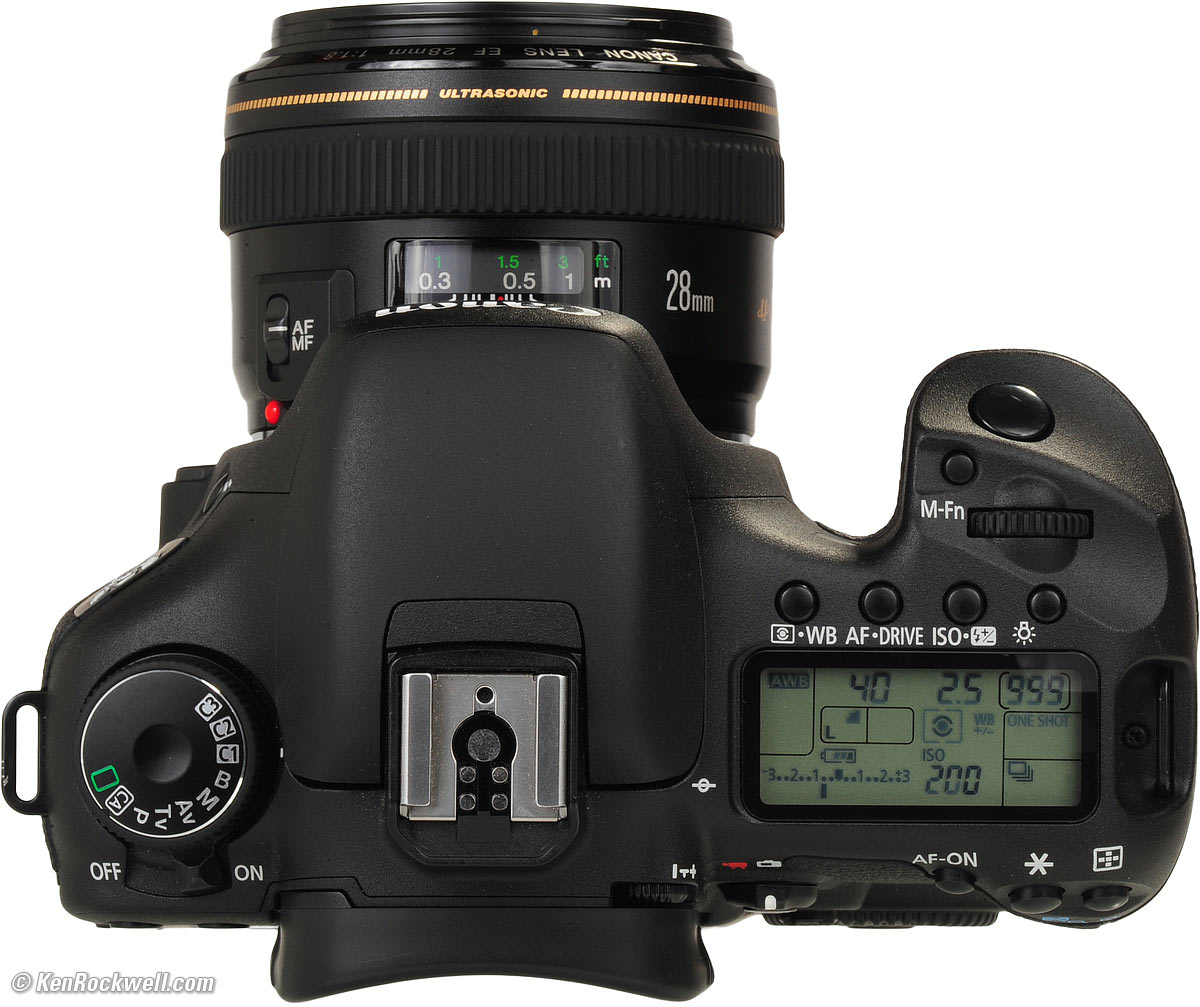
The level works when the camera is in landscape or upright orientation, and the degree of tilt (up or down) is shown in addition to the horizontal yaw (left or right). When the option is selected in Custom Function (C.Fn) IV, pressing the new-to-EOS-cameras Multi Function (M.Fn) button near the shutter release button uses the AF point displays to indicate whether the camera is level or not. The EOS 7D is the first Canon DSLR to feature an electronic level, and as well as appearing on the LCD screen (with or without Live View mode being active), it can be set to appear in the viewfinder. Even with grid displays and so on, it can be very difficult to get the horizon straight (especially when using a wideangle lens that creates barrelling) and built-in electronic levels are becoming increasingly common. The viewfinder complements the 100% field of view offered by the LCD screen when Live View is activated. Hence, the view looks very similar to the final image. I will discuss the viewfinder in more detail later, but it is worth pointing out here that the EOS 7D is the first EOS model to have a 100% field of view with 1x magnification (with a 50mm lens focused at infinity). Notably, it is 1fps higher than the maximum shooting rate that the Nikon D300s can achieve unaided. That’s without the need for an additional battery pack, so if you head out for a spot of landscape photography and come across a field of deer or a cross-country race, you won’t be cursing the fact that you’ve left the power booster behind. Like the EOS 50D, the EOS 7D has gapless micro lenses over the photodiodes, but the distance between the photodiodes has been decreased (as in the EOS 5D Mark II) to enable more of the light to reach the photo receptors.ĭespite the very high pixel count, but thanks to the EOS 7D’s two Digic 4 processors and eight-channel readout, Canon has managed to achieve a sports-photographer-friendly maximum continuous shooting rate of 8fps. This problem has dogged the Canon EOS 50D, but Canon claims it has found a solution with the new sensor, which has less circuitry to enable the photodiodes to be larger to boost the high sensitivity and dynamic range performance.Ĭanon has also used a new design for the diodes, which is claimed to allow more light to be converted into an electrical charge for a higher signal-to-noise ratio. While the EOS 7D’s 18-million-effective-pixel count is impressive, it also sets off alarm bells because of the possibility that the 22.3×14.9mm CMOS sensor might be overcrowded and, as a result, the images very noisy. The EOS 7D is a digital single-lens reflex camera and it sits at the very top of strong>Canon’s APS-C-format range, a position previously occupied by the EOS 50D. The single number name of the EOS 7D also raises lots of questions, such as what cameras will we see above and below it in future Canon line-ups, and will there be a full-frame (or APS-H-format) camera beneath the recently announced EOS-1D Mark IV that uses the same technologies? Features It all adds up to a pretty exciting package, and it could signal that Canon is ready to take on the challenge that was first set by Nikon with the arrival of the D3 and D300 back in August 2007.



In addition, the EOS 7D introduces Canon’s new Focus Colour Luminance (iFCL) metering system, which uses subject distance, colour and luminance information to help inform the metering system. There’s also a new 19-point AF system that borrows features from the EOS-1D Mark III.

I almost punched the air when I read that finally, after all the other major manufacturers have already included it, Canon has built wireless flash control into one of its DSLRs. However, as I ran my finger down the specification list, I mentally ticked off the features on the wish list that we at AP have been giving to Canon for the past couple of years. However, to my surprise, I discovered that it’s an 18-million-pixel APS-C-format camera. When I first received Canon’s press release for the EOS 7D, I assumed the camera was a full-frame model, perhaps bridging the gap between the EOS 5D Mark II and the EOS-1D Mark III (since updated to Mark IV). 1920x1080p (Full HD) video recording at 30fps.


 0 kommentar(er)
0 kommentar(er)
